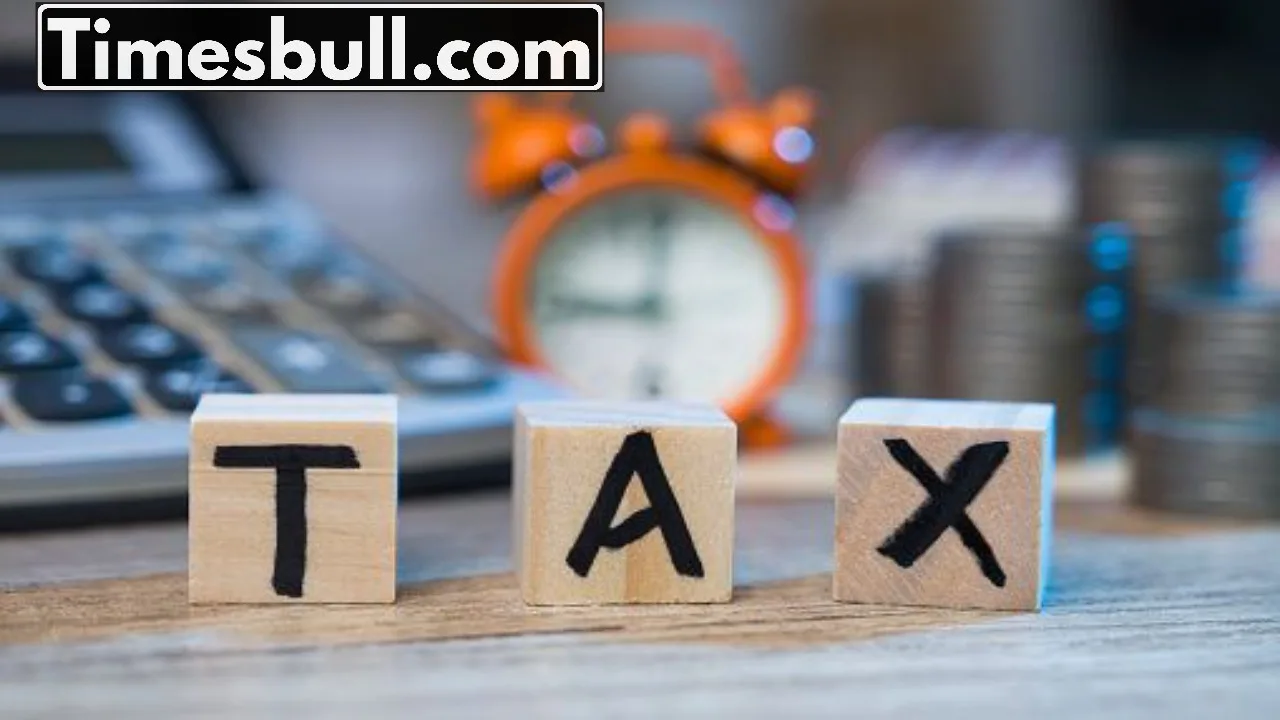The Union Budget was presented on February 1. Union Finance Minister Nirmala Sitharaman also announced a slew of announcements. In the Budget for 2025-26, Finance Minister Nirmala Sitharaman announced significant tax relief for the middle and salaried classes. She stated that individuals earning up to Rs 12 lakh annually will not be required to pay any income tax. Additionally, those employed with a salary will be exempt from taxes on an annual income of Rs 12 lakh 75 thousand.
However, the newly introduced tax slabs indicate a different structure: income up to Rs 4 lakh is taxed at 0%, income from Rs 4 lakh to Rs 8 lakh is taxed at 5%, income from Rs 8 lakh to Rs 12 lakh is taxed at 10%, income from Rs 12 lakh to Rs 16 lakh is taxed at 15%, income from Rs 16 lakh to Rs 20 lakh is taxed at 20%, income from Rs 20 lakh to Rs 24 lakh is taxed at 25%, and income exceeding Rs 24 lakh is taxed at 30%.
This has led to confusion on social media, with many questioning why there are tax rates of 5% and 10% for the income brackets of Rs 4 to 8 lakh and Rs 8 to 12 lakh, respectively, if there is no tax on an income of Rs 12 lakh. To clarify, this situation relates to the tax rebate provision under Section 87A of the Income Tax Act. This provision allows taxpayers to receive a rebate on their total tax liability calculated according to the applicable slabs. For instance, if your annual income falls between Rs 4 lakh and Rs 8 lakh, your calculated tax would be Rs 20,000, but the rebate would effectively reduce your tax liability to zero.
If you make between 8 to 12 lakhs a year, your tax will be Rs 40,000. So, that brings your total tax to Rs 60,000. However, thanks to section 87A, the tax rebate has now been raised to Rs 60,000 for those earning Rs 12 lakh annually. This means that whether you earn between 4 to 8 lakhs or 8 to 12 lakhs a year, you won’t have to pay any tax at all.
Tax rebate is a helpful financial benefit that gives taxpayers a break on their income taxes. It mainly applies to individuals whose yearly earnings fall below a specific threshold. In India, this is covered under Section 87A of the Income Tax Act.
It’s important to know the difference between tax exemption and tax rebate.
Tax exemption means you’re completely free from tax up to certain income levels. On the other hand, tax rebate kicks in when your income exceeds a certain limit, allowing you to get some amount deducted. This will now apply to incomes up to Rs 12 lakh.
